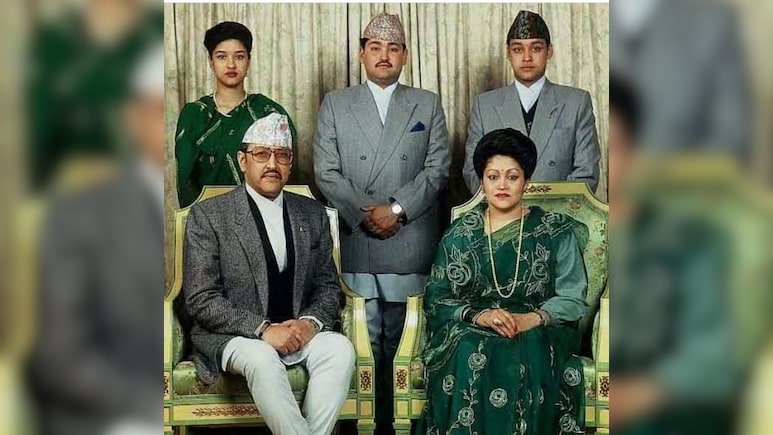
A week-long demonstration, with GenZ at the front and centre of it, has forced Nepal Prime Minister KP Sharma Oli to resign from his post. On Tuesday, demonstrators set government offices and the homes of Oli and other political leaders ablaze. The resignation came a day after security forces opened fire on young protesters, leaving at least 19 dead.
The unrest was a result of young people's growing frustration with corruption, poor governance, misuse of power, and the arrogance of past governments and political parties, they said.
And this echoes earlier movements in Nepal, notably the 2006 demonstrations that compelled former King Gyanendra Shah to relinquish his throne. Two years later, in 2008, Nepal's parliament voted to abolish the monarchy entirely.
The current political turmoil also brings renewed attention to one of the darkest chapters in Nepal's modern history, the Narayanhiti Royal Palace Massacre of June 1, 2001. On that night, Crown Prince Dipendra allegedly opened fire during a family gathering at the palace, killing his father, King Birendra, mother, Queen Aishwarya, brother, Prince Nirajan, sister, Princess Shruti, and a few other relatives. Dipendra had allegedly consumed alcohol and drugs on the night of the massacre, Nepal News reported.
Dipendra himself was critically wounded and remained in a coma for three days. He was declared king while comatose but died on June 4, 2001. His uncle, Gyanendra Shah, was then crowned king. The massacre triggered a turbulent chain of events in Nepalese politics. Now, as the nation faces widespread youth-led protests and Prime Minister Oli's resignation, the shadow of that tragic night still hangs over the country's political landscape.
What Happened On June 1, 2001
The sudden and brutal deaths of King Birendra and much of the royal family shocked the nation, leaving citizens in grief and confusion.
The massacre is said to have followed an argument between Dipendra and his parents. Official investigations suggested that his frustration over marriage plans was the motive. He reportedly wanted to marry Devyani Rana, a woman from the influential Rana family, but his parents, especially Queen Aishwarya, disapproved of the match.
Dipendra was also under pressure from succession, political expectations and public scrutiny, according to Nepal News.
Despite the findings of a two-member probe led by Chief Justice Keshav Prasad Upadhyaya and Speaker Taranath Ranabhat, the public remained sceptical, reported Nepal News. Questions were raised about Gyanendra's absence. He claimed to be in Pokhara, which many found suspicious. No photos or autopsy reports were released, and the rapid cremation of the bodies and palace cleanup gave rise to conspiracy theories.
People also wondered how Dipendra, reportedly drunk and drugged, could handle multiple weapons with such precision. Gyanendra's swift coronation within days led some critics to view his ascension as opportunistic.
The massacre triggered a turbulent period in Nepal, marked by frequent leadership changes, rising public unrest, and violence over the following four years. In 2005, Gyanendra seized absolute power, according to Nepal News, but mass movements eventually led to the abolition of the monarchy in 2008.
The events of June 1, 2001, remain a defining moment that ultimately brought an end to 240 years of Shah rule in Nepal.
Track Latest News Live on NDTV.com and get news updates from India and around the world

